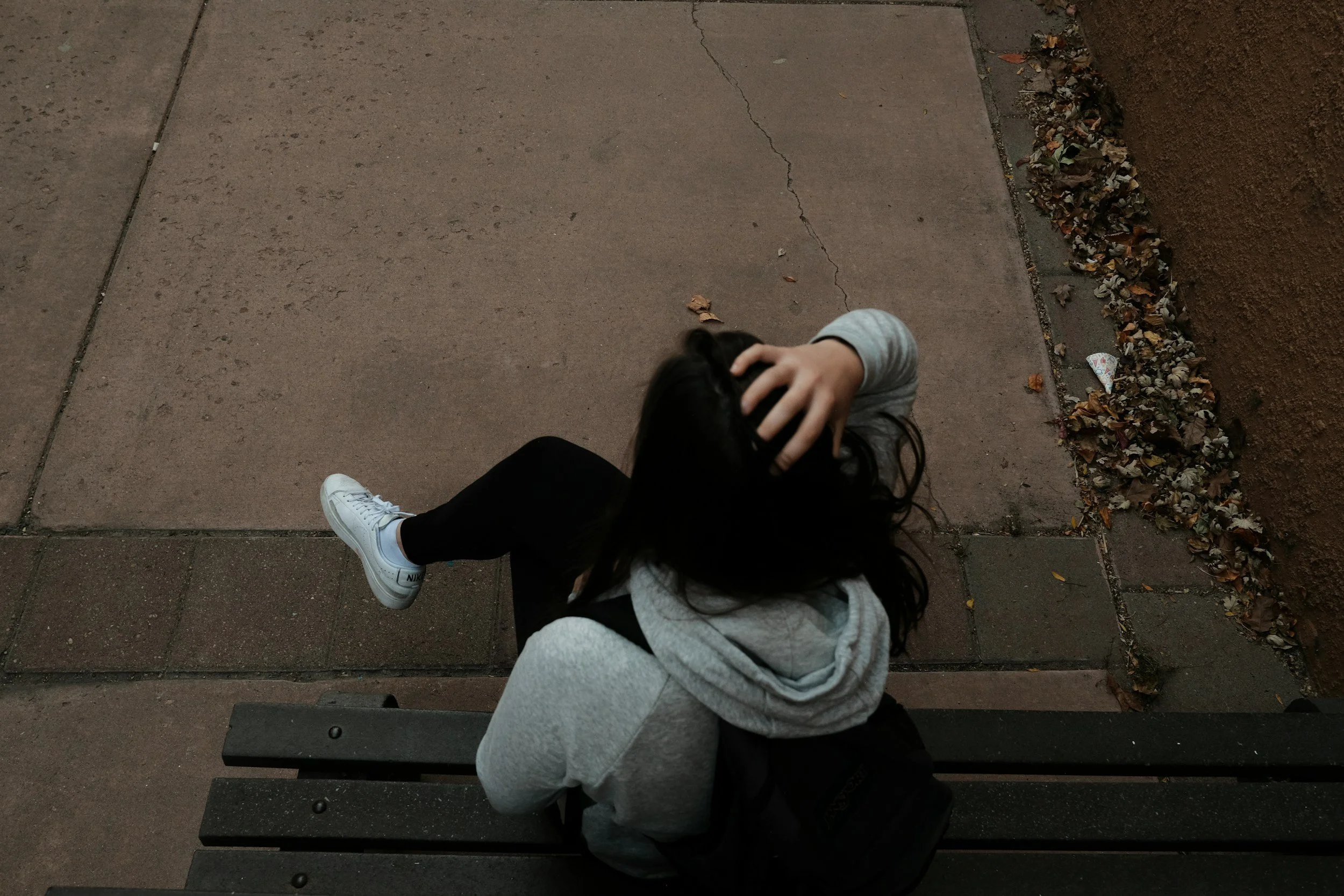Practical Healing Tools for Religious Trauma
Healing from religious trauma can feel overwhelming because the messages were often woven into daily life. Many people carry shame, guilt, or fear long after stepping away. The good news is that healing is possible, and there are practical tools that help you reclaim your voice, your body, and your sense of self (Therapist.com, n.d.).
Grounding practices
Religious trauma can leave the body in a heightened state of fear or vigilance. Grounding helps calm the nervous system and reminds you that you are safe now. Try slow breathing with longer exhales, sensory grounding such as five things you can see and four you can touch, and mindful time outdoors (Counseling Today, 2022).
Journaling and storytelling
Writing about your experiences or telling your story in safe spaces brings clarity to feelings you may have been taught to suppress. Storytelling in therapy or supportive community reduces isolation and builds coherence (LifeSpring Counseling, n.d.).
Self-compassion exercises
Religious trauma often installs a harsh inner critic. Self-compassion practices soften that voice and support resilience and emotion regulation. Try speaking to yourself the way you would to a close friend: “It makes sense I feel this way. I am allowed to be kind to myself” (Therapist.com, n.d.).
Redefining community
Leaving a faith community can create a painful void. Healing includes finding safe spaces where you belong without judgment or control, such as friendships, online groups, or therapy groups.
Exploring values and identity
Part of healing is discovering what truly matters now. Instead of fear-based rules, you can rebuild your life around values like creativity, honesty, compassion, or freedom. This shift stabilizes identity and supports authentic choices (LifeSpring Counseling, n.d.).
Looking for Support?
I specialize in religious trauma and offer a safe space to explore and heal. If you are ready to begin this journey, I would be honored to support you.


